RV Waste Valves
RVing isn't always the fun, glamorous experience we want it to be. There are some dirty jobs involved. One of those dirty jobs comes in the form of emptying your black and gray waste holding tanks. From the prep for it to the dumping process to the issues that are possible with RV septic systems, it can be pretty uncomfortable to think about your RV black and gray water systems, including the waste valve on these tanks. But if you are in need of one of these valves, then you've found the right place. With our selection of various RV waste valves, you can get your RV vacation started out on the right foot so that you have to spend less time with these less than pleasant parts and more time doing what you love.
RV Water Tanks | Fresh Water RV Tanks | Black Waste Water Tanks | Portable Waste Tanks | Gray Water Tanks | Tank Monitor Systems | Spin Weld Fittings | Tank Accessories | Tank Heater Pads
-
img:corner-made-in-america-flag-overlay-80p.png
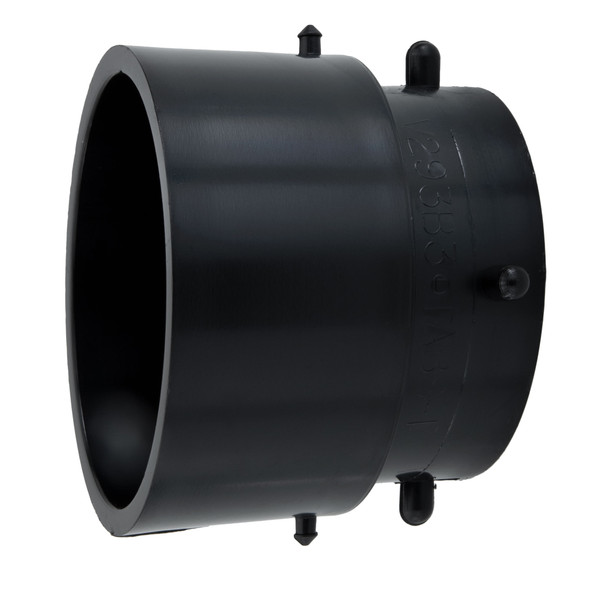
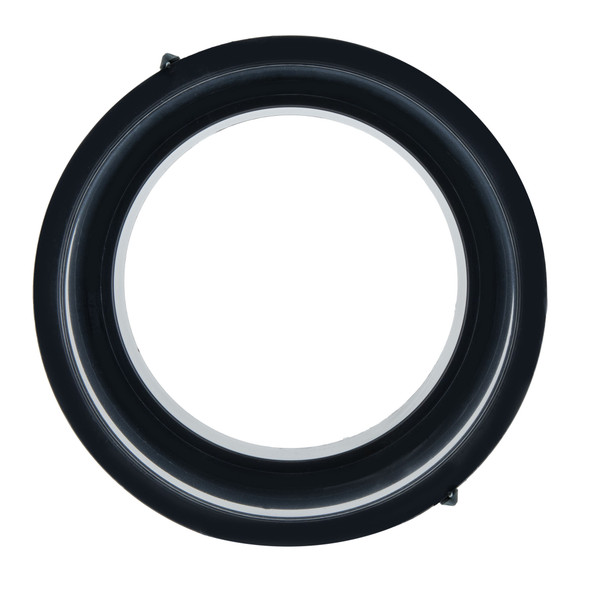 $15.95
$15.95 -
img:corner-made-in-america-flag-overlay-80p.png
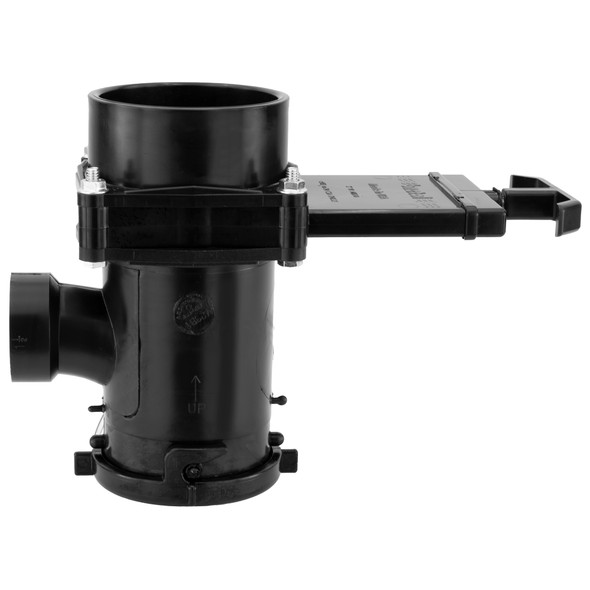
 $47.95
$47.95 -
Out of stockimg:corner-made-in-america-flag-overlay-80p.png

 $33.95
$33.95 -
img:corner-made-in-america-flag-overlay-80p.png

 $59.95
$59.95 -
img:corner-made-in-america-flag-overlay-80p.png
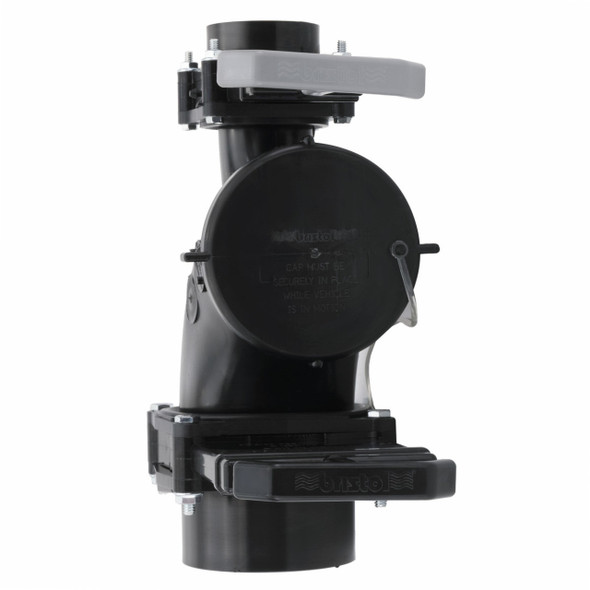
 $64.95
$64.95 -
img:corner-made-in-america-flag-overlay-80p.png
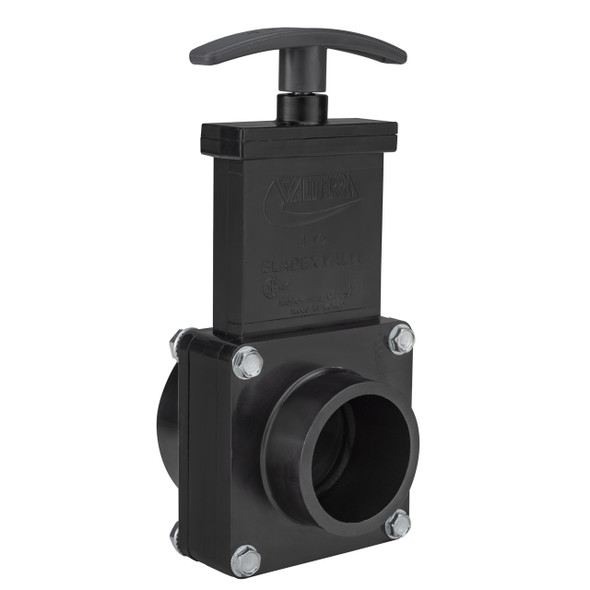
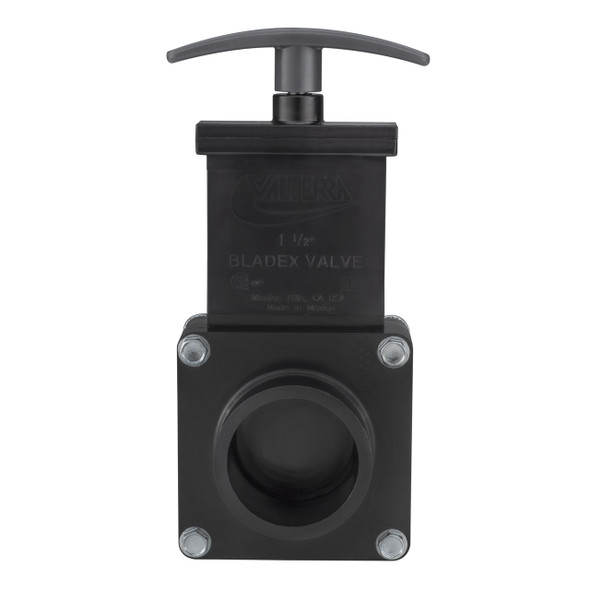 $15.95
$15.95 -
img:corner-made-in-america-flag-overlay-80p.png

 $104.95
$104.95 -
img:corner-made-in-america-flag-overlay-80p.png

 $99.95
$99.95
RVing isn't always the fun, glamorous experience we want it to be. There are some dirty jobs involved. One of those dirty jobs comes in the form of emptying your black and gray waste holding tanks. From the prep for it to the dumping process to the issues that are possible with RV septic systems, it can be pretty uncomfortable to think about your RV black and gray water systems, including the waste valve on these tanks. But if you are in need of one of these valves, then you've found the right place. With our selection of various RV waste valves, you can get your RV vacation started out on the right foot so that you have to spend less time with these less than pleasant parts and more time doing what you love.
RV Water Tanks | Fresh Water RV Tanks | Black Waste Water Tanks | Portable Waste Tanks | Gray Water Tanks | Tank Monitor Systems | Spin Weld Fittings | Tank Accessories | Tank Heater Pads
